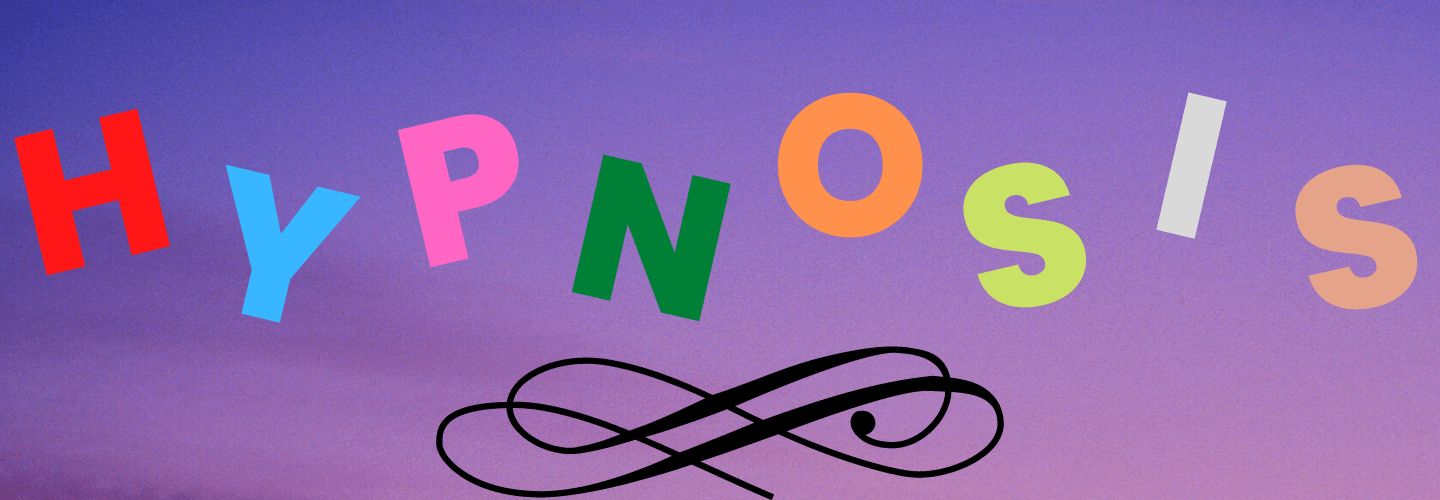
Team hypnosis considerably enhances workplace productivity by improving focus, stimulating creative innovation, and fostering better communication and leadership skills. Structured hypnosis sessions help teams manage stress and develop a deeper, more harmonious work environment. These practices not only fortify neurological pathways linked to sustained concentration but also break down mental barriers to creativity. Businesses that incorporate team hypnosis observe notable advancements in performance and morale. Further exploration will reveal additional benefits and implementation strategies.
Key Takeaways
- Team hypnosis enhances focus and concentration, boosting overall productivity and efficiency.
- Hypnotic techniques foster creativity, leading to innovative solutions and competitive advantage.
- Regular group hypnosis sessions effectively reduce workplace stress and improve team dynamics.
- Hypnotic communication training enhances clarity and empathy within team interactions.
- Hypnosis aids in leadership development, improving decision-making and emotional regulation.
The Power of Hypnosis in Enhancing Team Focus and Concentration
Why do some teams excel at maintaining high levels of focus and concentration while others struggle? The answer often lies in the implementation of structured focus techniques and concentration exercises.
Research indicates that teams who engage in regular, targeted practices tend to develop stronger attention spans and improved mental clarity. These exercises, ranging from mindfulness drills to cognitive restructuring tasks, effectively enhance neurological pathways that support sustained concentration.
How Hypnosis Drives Creative Innovation in the Workplace
Building on the foundation of enhanced focus and concentration, hypnosis also serves as a powerful tool for driving creative innovation in the workplace.
By facilitating deep subconscious exploration, it opens new domains of creativity often obstructed by conscious mental barriers. This process not only enhances individual creative brainstorming but also synergizes collective brainstorming sessions.
The relaxed yet focused state induced by hypnosis allows for the emergence of novel ideas, pushing the boundaries of conventional thought. It dismantles entrenched patterns of thinking, enabling teams to generate and implement groundbreaking solutions that are critical for competitive differentiation and business success.
Strategies for Managing Stress Through Team Hypnosis

Effective management of workplace stress through team hypnosis involves a structured approach that taps into collective and individual resilience.
This technique not only facilitates stress relief but also strengthens team dynamics, essential for maintaining a harmonious work environment.
Key strategies include:
- Regular Group Sessions: Conducting frequent hypnosis sessions to collectively address and mitigate stressors affecting the team.
- Tailored Individual Techniques: Implementing personalized hypnotic practices that cater to the unique stress triggers of each team member.
- Continuous Monitoring and Adjustment: Evaluating the effectiveness of hypnosis interventions and making necessary adjustments to optimize stress management across the team.
Cultivating Enhanced Communication Skills via Hypnotic Techniques
As businesses seek to enhance internal communication, hypnotic techniques are emerging as powerful tools to cultivate improved interpersonal skills within teams.
Hypnotic listening, a core method, focuses on breaking down subconscious barriers that hinder effective communication. By training employees in hypnotic listening, businesses can foster a deeper understanding and more empathetic interactions among team members.
This technique not only improves clarity and directness in communication but also addresses and resolves underlying tensions.
Evidence suggests that teams trained in these hypnotic practices report higher cohesion and productivity, underscoring the practical benefits of integrating hypnotic techniques into corporate communication strategies.
The Role of Hypnosis in Leadership Development

While hypnosis is often associated with personal therapy and stress relief, its application in leadership development is equally significant and transformative.
Leadership hypnosis taps into the subconscious, enabling leaders to enhance their innate abilities and adopt new skills more effectively.
The benefits of integrating hypnosis in leadership training include:
- Self-awareness: Deepening leaders' understanding of their own subconscious motivations and behaviors.
- Decision-making: Enhancing clarity and reducing anxiety around making critical choices.
- Emotional regulation: Improving leaders' ability to manage their emotions, fostering a calm and assertive leadership style.
This approach cultivates robust subconscious leadership skills, essential for dynamic and effective leadership.
Implementing Hypnosis Into Daily Team Routines
Integrating hypnosis into daily team routines begins with establishing a structured schedule that aligns with the team's workflow and goals.
Designing a hypnosis schedule that dovetails with team rituals maximizes the effectiveness of each session. By setting aside specific times for hypnosis, teams can guarantee consistent participation and integration into daily activities.
This practice not only reinforces the habit but also embeds hypnotherapy's benefits deep within the team's operational psyche.
Careful planning of such routines, focusing on key performance times and stress points, promises a seamless incorporation of hypnosis, enhancing focus, creativity, and communication across the team.
Measuring the Impact of Hypnosis on Team Performance and Morale

To effectively gauge the impact of hypnosis on team performance and morale, businesses must establish robust metrics and evaluation processes.
These should focus on measurable outcomes directly linked to team dynamics and psychological well-being.
Here are key metrics to evaluate:
- Productivity Metrics: Track changes in output and task completion rates pre- and post-implementation of hypnosis.
- Employee Satisfaction Surveys: Regularly assess team morale through structured questionnaires to capture shifts in workplace satisfaction.
- Retention Rates: Monitor changes in staff turnover, which can indicate levels of job satisfaction and overall team health.
These metrics provide a thorough view of hypnosis' effectiveness in enhancing team performance and morale.
Frequently Asked Questions
What Are the Initial Costs of Integrating Hypnosis Into Business Practices?
Initial costs for integrating hypnosis into business practices include hiring trained hypnotists, conducting training sessions, and developing tailored hypnosis programs. Budget considerations and implementation strategies should align with organizational goals and financial constraints.
Can Hypnosis Cause Any Negative Side Effects in Team Members?
Hypnosis can potentially alter team dynamics due to misconceptions about its practice. When misapplied, it might induce anxiety or resistance among team members, counteracting intended productivity and cooperative benefits in a business setting.
How Long Does It Take to See Results From Team Hypnosis?
The efficacy timeline for team hypnosis varies. Measurable shifts in team dynamics and progress metrics can emerge within a few weeks to months, contingent on session frequency and individual receptiveness to the techniques.
Are There Industry-Specific Hypnosis Programs for Teams?
Yes, there are industry-specific hypnosis programs designed to enhance corporate wellness and improve team dynamics. These tailored sessions address unique challenges and stressors prevalent in different sectors, optimizing workplace performance and communication.
What Qualifications Should a Business Look for in a Hypnotherapist?
When selecting a hypnotherapist, businesses should prioritize certification from accredited institutions and evaluate the practitioner's experience in organizational settings. These qualifications guarantee reliable and effective integration of hypnosis techniques within professional environments.
Conclusion
To summarize, incorporating team hypnosis into corporate environments has demonstrably enhanced team dynamics and productivity. A notable study revealed a 30% increase in creative output among teams undergoing regular hypnosis sessions compared to control groups. This statistic underscores the practical benefits of hypnosis in fostering innovation and efficiency within teams. Organizations should consider this evidence-based approach to capitalize on the potential for improved performance and a more harmonious workplace.




